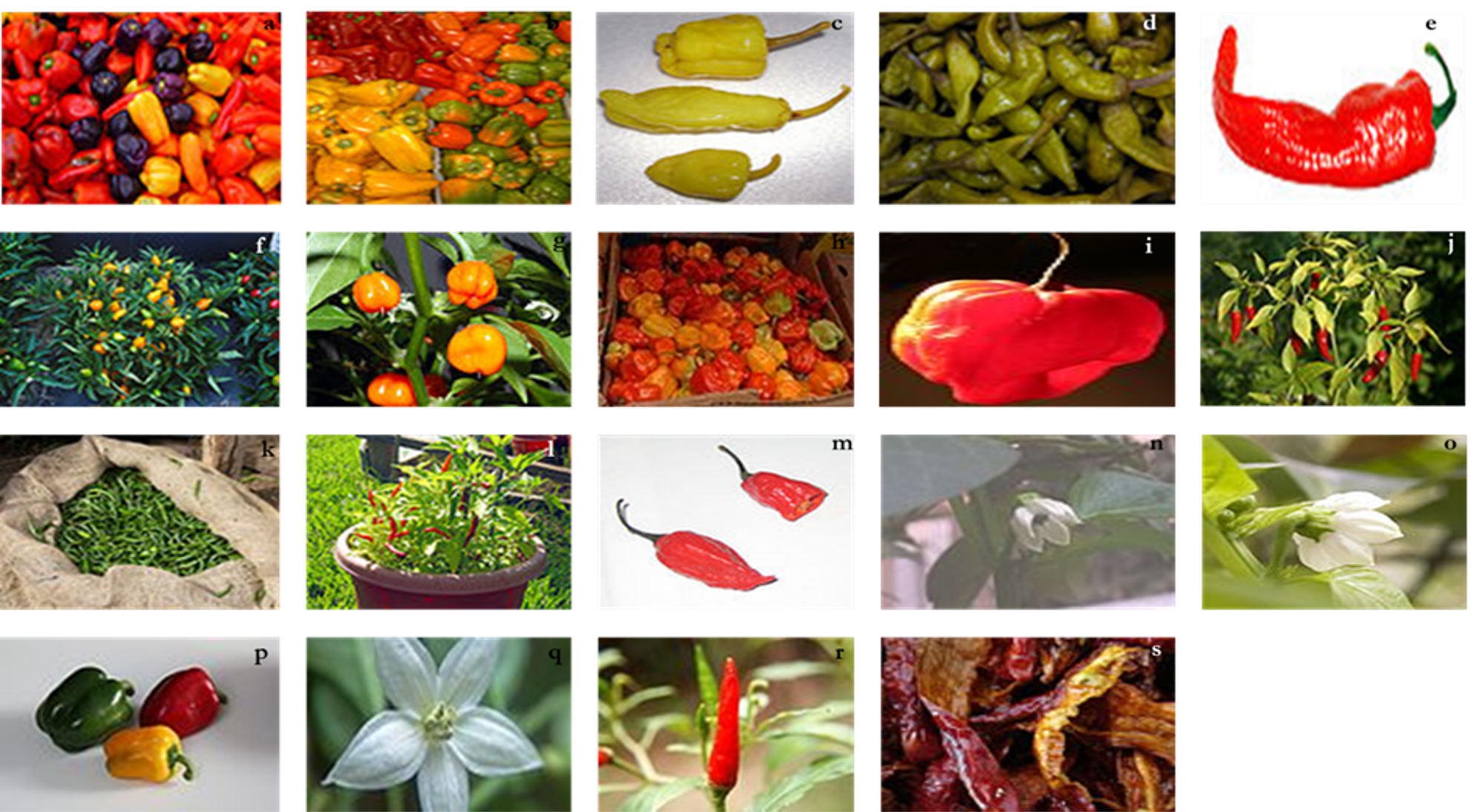Determination of the relatedness, ease of hybridization and gene exchange among members of the genus Capsicum in Nigeria
DOI:
https://doi.org/10.15835/nsb12310731Keywords:
Capsicum; crosses; dominance; exchange of genes; hybridization; maternal inheritance; recessiveAbstract
The fruit of Capsicum plants have a variety of names depending on place and type. This research was focused at studying the exchange of genes amongst members of the genus Capsicum in Nigeria. The process of interspecific and intervarietal hybridization of two (2) species of the genus Capsicum; C. annuum and C. frutasense were carried out and the results show that most of the studied attributes like arrangement of leaves, shape of leaves, leaf density were undetermined while majority with distinct changes follow maternal inheritance. There were less successes among the interspecific crosses and high successes between varietal crosses ranging from 19.5% to 2.4% for the inter-varietal cross and 9.3% to 2.4% for interspecific crosses. This indicates that there are more hybridization barriers among interspecific hybridization than inter-varietal hybridization. The closely related species and varieties had higher percentage success of hybridization and vice versa. Characters such as Hypocotyl colour had partial dominance. Erect flower position is dominant in W and hybrid T*W while pendant is recessive. Red fruit colour at maturity, green fruit stalk colour was dominant while yellow was recessive. A good knowledge of how related species of the genus Capsicum are, the easier it will enable researchers to hybridize and improve the genus.
Metrics
References
Bosland PW, Votava EJ (2000). Peppers: vegetable and spice Capsicums. CAB International, England, pp 233. https://doi.org/10.1080/01140671.2012.745161
Falusi OA, Morakinyo JA (1994). Intra and inter specific hybridization in the genus Capsicum. African Crop Science Journal 2(2):169-171. https://doi.org/10.4314/acsj.v2i2.54703
Geleta LF, Labuschagne MT, Viljoen CD (2005). Genetic variability in pepper (Capsicum annuum L.) estimated by morphological data and amplified fragment length polymorphism markers. Biodiversity and Conservation 14:2361-2375. https://doi.org/10.1007/s10531-004-1669-9
Hundal JS, Dhall RK (2005). Breeding for hybrid hot pepper. Journal of New Seeds 2(2):1-22. https://doi.org/10.1300/J153v06n02_03
Nwankiti OC (1976). Cytogenetics of some Nigerian peppers – genus Capsicum. II. Hybrid origin of C. frutescens. Nigerian Journal of Science 10:61-75.
Odland ML, Porter AM (1941). A study of natural crossing in peppers (Capsicum frutescens). Proceedings of the American Society for Horticultural Science 38:585-588.
Reilly CA, Crouch DJ, Yost GS (2001). Quantitative analysis of capsaicinoids in fresh peppers, oleoresin capsicum and pepper spray products. Journal of Forensic Sciences 46:502-509.
Singh RJ (2002). Plant cytogenetics. CRC Press, London, pp 488.
Singh RJ (2002). Genetic resources, chromosome engineering and crop improvement: vegetable crops. Volume 3, CRC Press.
Zhang BX, Wang LH, Mao SL, Zhang ZH (2010). Research progress on pepper breeding and genetic during China’s Eleventh Five-year Plan. China Vegetables 24:1-9.

Downloads
Published
How to Cite
Issue
Section
License
Papers published in Notulae Scientia Biologicae are Open-Access, distributed under the terms and conditions of the Creative Commons Attribution License.
© Articles by the authors; licensee SMTCT, Cluj-Napoca, Romania. The journal allows the author(s) to hold the copyright/to retain publishing rights without restriction.
License:
Open Access Journal - the journal offers free, immediate, and unrestricted access to peer-reviewed research and scholarly work, due SMTCT supports to increase the visibility, accessibility and reputation of the researchers, regardless of geography and their budgets. Users are allowed to read, download, copy, distribute, print, search, or link to the full texts of the articles, or use them for any other lawful purpose, without asking prior permission from the publisher or the author.













.png)















